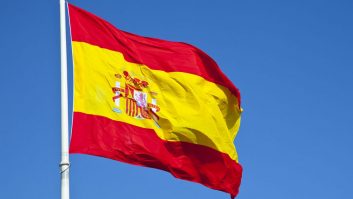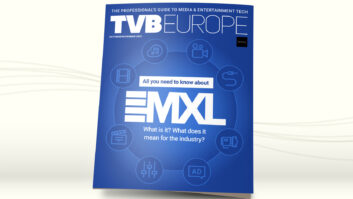A new report looking at pay-TV, free-to-air and online TV viewership in major European countries has found many viewers are juggling multiple services to get all the video content they want.
The report, titled TV Universe – U.K., Sweden, Germany: How People Watch Television Today, has been compiled by Gracenote and nScreenMedia.
It found pay-TV is currently the most popular television source in the UK and Sweden with nearly two in three consumers in each market using it. In Germany, however, the most popular source is free-to-air TV which accounts for the vast majority of viewers at nearly eight in ten.
A key finding of the research conducted in Q1 2019 was the fast adoption rate of online TV. Across the board, online TV is now the second most popular source behind pay-TV with usage ranging from just under 40 per cent in Germany to more than 50 per cent in the UK and Sweden.
In all three European markets surveyed, consumers identified on-screen programme guides and user interfaces (UIs) as being critical tools for finding content to watch. Six in 10 viewers indicated visual imagery and TV artwork displayed in the guides exert important influence on their viewing choices. Among the 18-to-24-year-old demographic, the number jumped up to around 90 per cent.
In addition, respondents indicated TV show and movie descriptions which shed light on content are also factors in their tune-in decision-making, 70 per cent of UK viewers said the program descriptions were at least somewhat important; 65 per cent of Swedes and 57 per cent of Germans thought the same.
“Consumer behaviour relating to TV viewing is changing rapidly in Europe as it is around the world,” said Simon Adams, chief product officer, Gracenote. “This new research provides the clearest, most timely snapshot of how viewers in the UK, Germany and Sweden get the movies and TV programmes they are looking for and how they discover new content.”







